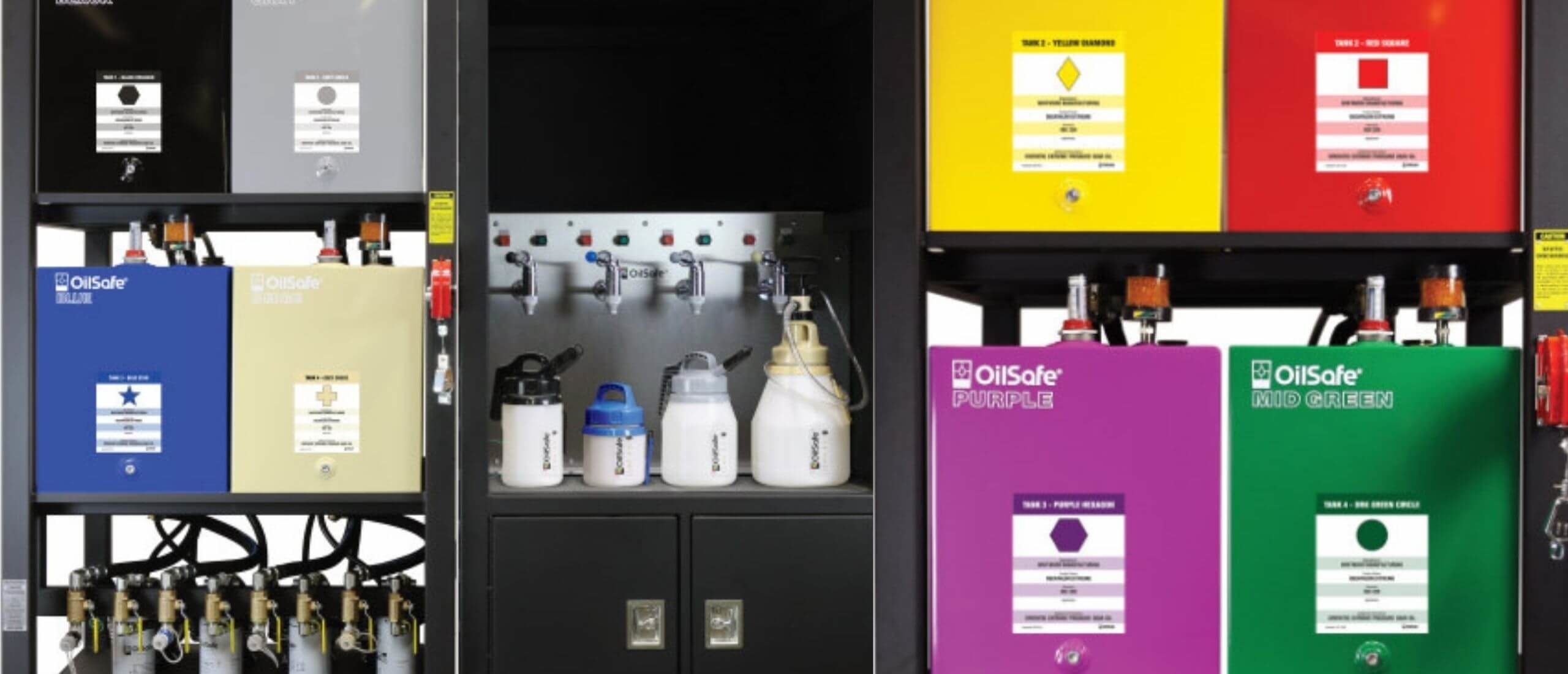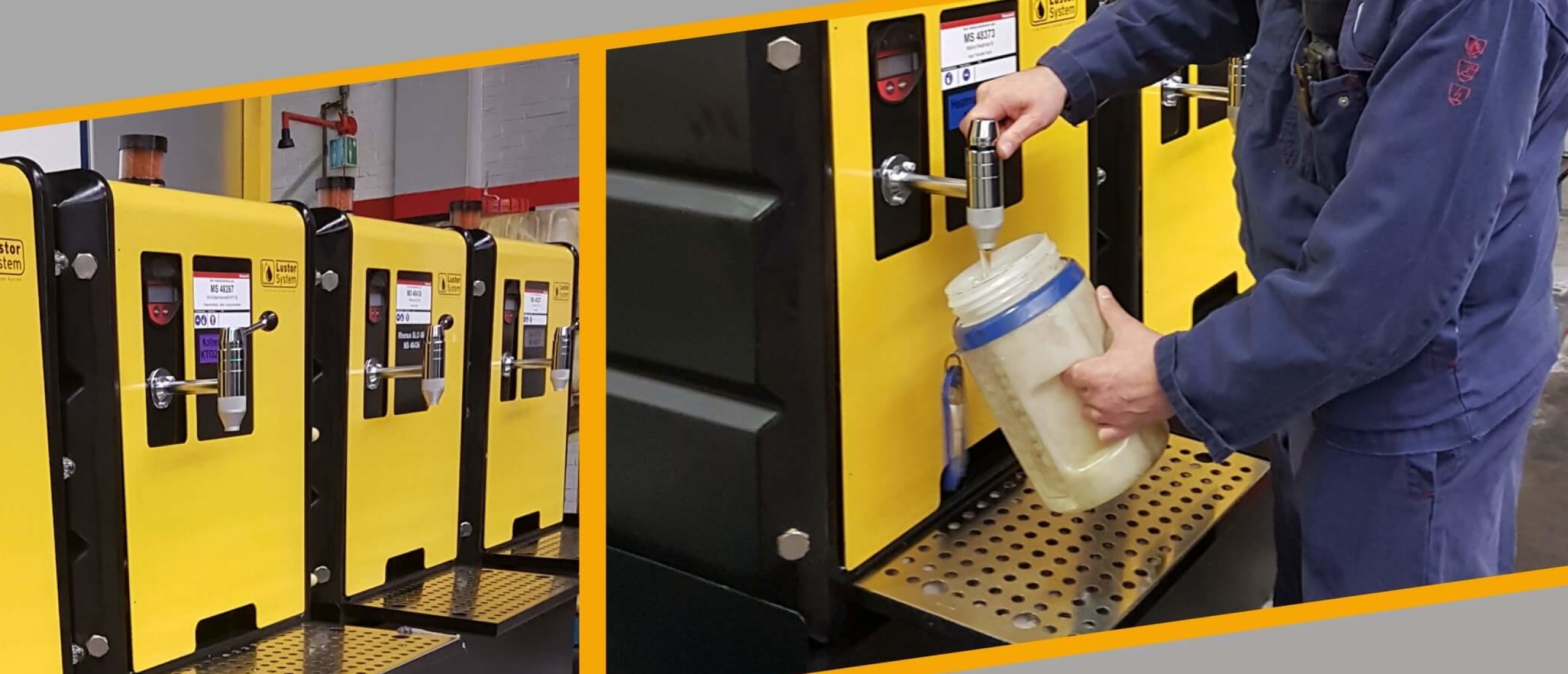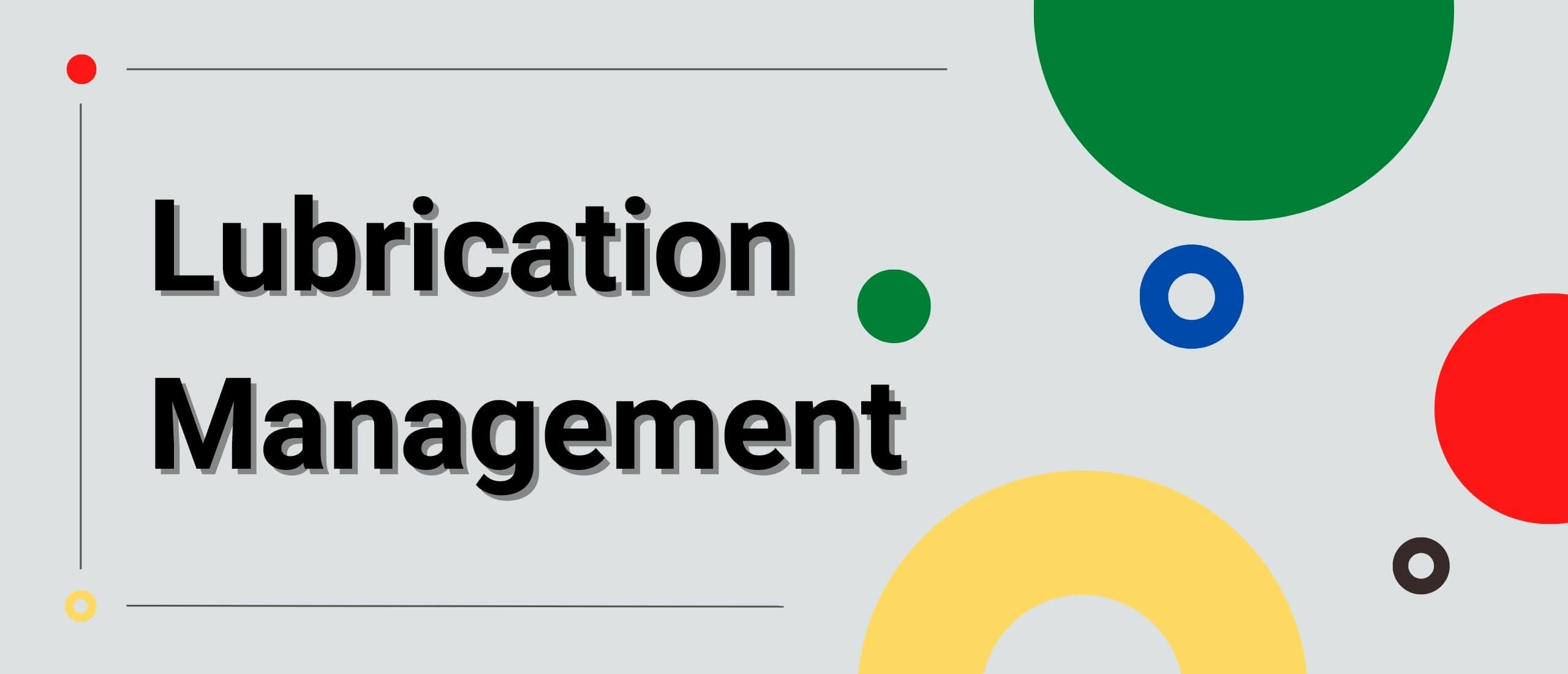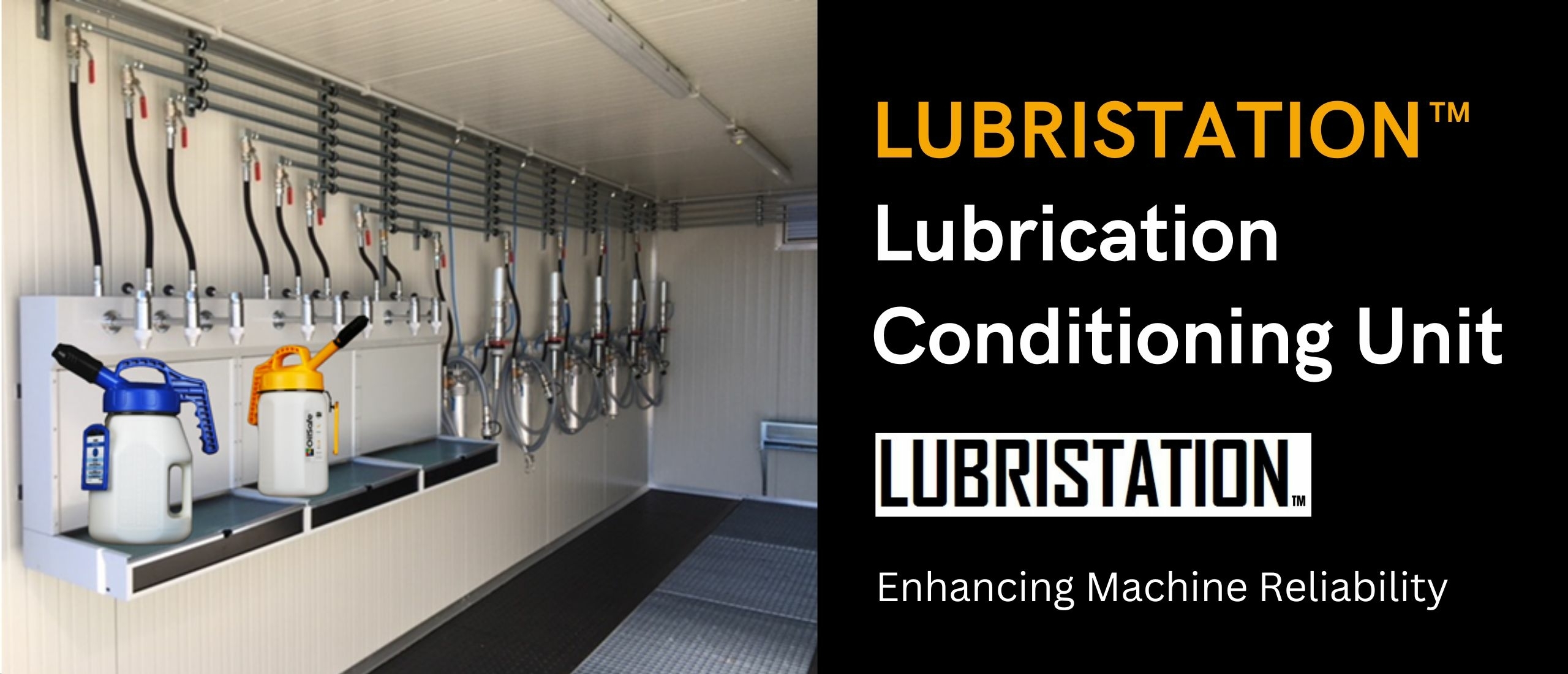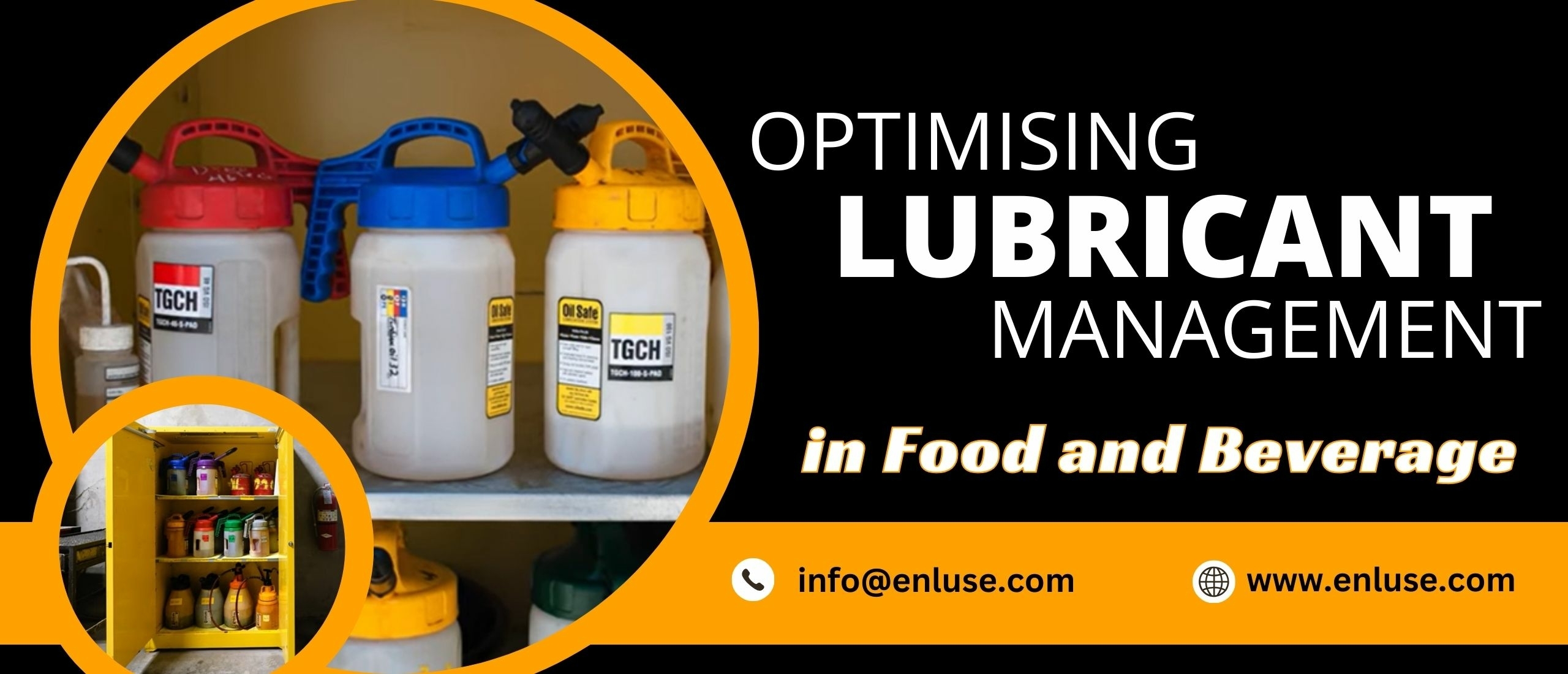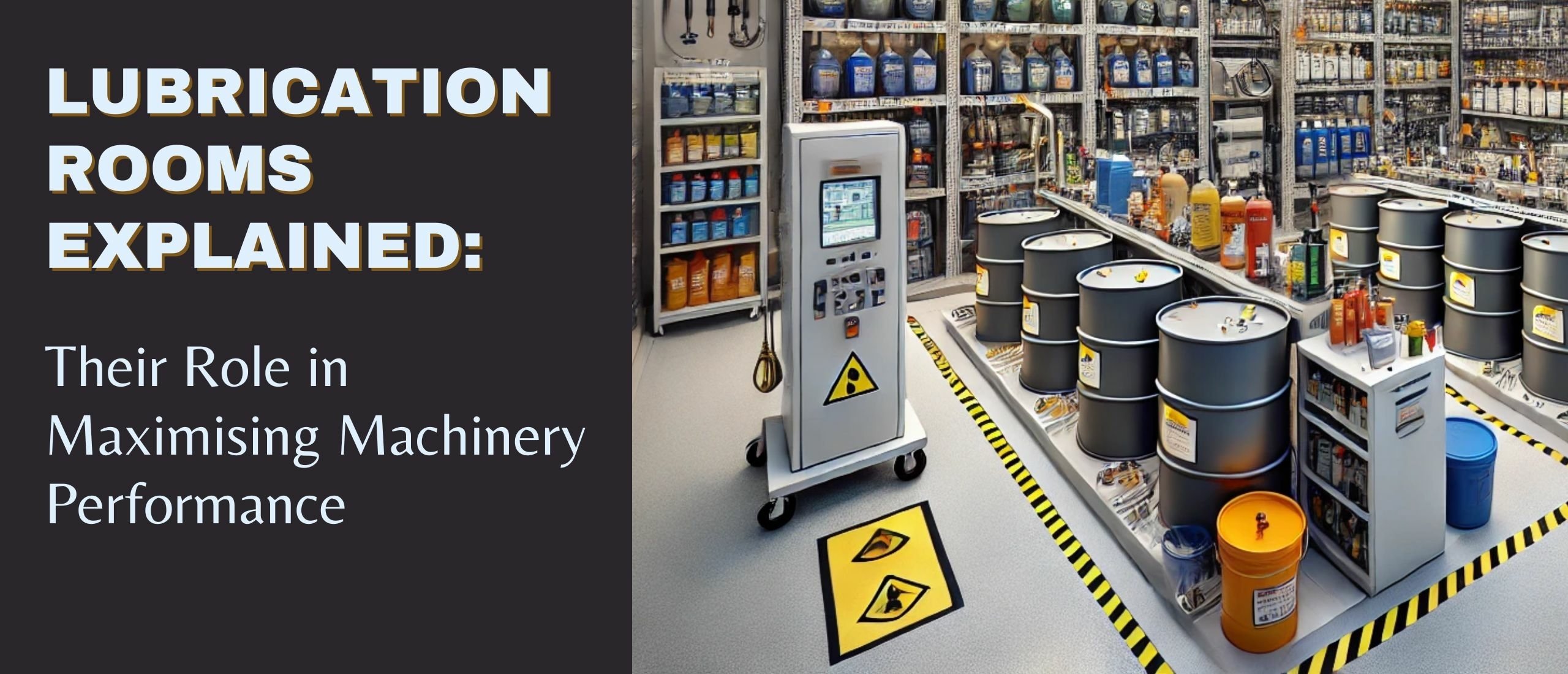
Lubrication Rooms Explained: Their Role in Maximising Machinery Performance
A lubrication room (commonly referred to as a lube room) is more than just a storage space for lubricants—it is a critical centre for ensuring the reliability and longevity of your machinery. Properly organising and maintaining a lubrication room can significantly impact equipment efficiency, reduce maintenance costs, and uphold operational safety standards.
What is a Lubrication Room?
A lubrication room is a purpose-designed area within an industrial or manufacturing facility, dedicated to storing, managing, and safeguarding lubricants and related equipment. It ensures that lubricants are kept clean, uncontaminated, and ready for immediate use, while also promoting a systematic approach to lubrication practices.
Essential Design Features of a Lubrication Room
1. Location and Environment
The placement of the lubrication room within a facility greatly influences its functionality and effectiveness. It should be located in a clean, dust-free area with minimal exposure to contaminants such as moisture or airborne particles. A consistent, controlled temperature is essential to maintain lubricant integrity.
- Proximity to Receiving Areas: Ideally, the room should be near the receiving dock where new lubricants are delivered, reducing handling risks.
- Flooring and Spill Control: Non-slip flooring and spill containment measures are crucial for safety. A well-prepared space can prevent accidents and contain leaks effectively.
2. Access Restriction
To maintain high standards, access to the lubrication room should be strictly limited to trained personnel. Installing keycard or restricted entry systems ensures that only those with proper knowledge and qualifications handle lubricants. This precaution reduces the risk of errors, such as using the wrong lubricant or contaminating stored products.
Components of an Efficient Lubrication Room
1. Lubricant Storage
Lubricants must be stored in containers specifically designed to preserve their purity. Common options include drums and bulk storage tanks equipped with protective features:
- Desiccant Breathers: These prevent moisture and airborne contaminants from entering storage containers.
- Built-in Filtration Systems: Filtering lubricants before use ensures they remain clean and suitable for sensitive machinery.
- Drum Racks: Secure racks offer both organisation and safety by minimising the risk of spills or damage.
2. Labelling and Colour Coding
Each lubricant container should be clearly labelled with essential details such as:
- Base oil type.
- Viscosity grade.
- Additives or specific applications.
A colour-coding system provides quick visual identification of the correct lubricant for each piece of equipment, minimising cross-contamination risks and operator errors.
3. Auxiliary Tools and Supplies
A lubrication room is not complete without the tools and supplies required for efficient lubricant application and management. These include:
- Grease Guns and Oil Cans: Organised for easy access, ensuring cleanliness.
- Portable Storage Containers: Designed for transferring lubricants without contamination.
- Filter Carts: Used to filter lubricants during transfer operations.
- Spill Response Materials: Absorbent pads and cleaning supplies should always be on hand for immediate spill containment.
Organisation and Maintenance Best Practices
1. Structured Layout
The lubrication room should have a deliberate, well-thought-out layout. Items should be grouped by function and stored as close as possible to their points of use.
- Frequently Used Items: Place these within easy reach to encourage their proper use.
- Rarely Accessed Items: Store in less accessible areas to conserve space.
2. Regular Audits
Conducting regular inspections ensures that the lubrication room remains organised and clean. These audits should check for:
- Correct storage and labelling of lubricants.
- Cleanliness of the space and tools.
- Immediate cleanup of any spills or leaks.
Assigning a dedicated team member or lubrication technician to oversee the room ensures accountability and maintains high standards.
Why is a Lubrication Room Essential?
The importance of a lubrication room lies in its ability to ensure proper machinery care while preventing costly mistakes. Here are the primary benefits:
1. Improved Machinery Longevity
Clean, uncontaminated lubricants significantly reduce wear and tear, extending the lifespan of critical components. This ensures operational reliability and minimises downtime.
2. Enhanced Safety
A clean, well-organised lubrication room reduces the likelihood of spills, slips, and mishandling. It also promotes safe practices by ensuring that the correct lubricants and tools are always used.
3. Cost Efficiency
Proper lubrication practices can reduce repair costs, prevent equipment failures, and cut down on lubricant waste.
4. Cultivating a Reliability-Centred Culture
A well-maintained lubrication room sets the tone for meticulous, reliability-centred operations throughout the facility. It reflects an organisation's commitment to best practices and operational excellence.
10 Proven Tips to Enhance Lubrication Practices and Maximise Longevity
- Filter New Lubricants Before Use: Ensure all incoming lubricants are filtered to remove contaminants introduced during transportation or storage.
- Maintain a Controlled Environment: Keep the lubrication room clean, dust-free, and at a stable temperature to preserve lubricant quality.
- Use Colour-Coded Labelling Systems: Simplify identification and prevent cross-contamination with a consistent colour-coding strategy for all lubricants.
- Implement Regular Training: Train staff on correct handling, storage, and application of lubricants to ensure adherence to best practices.
- Invest in Desiccant Breathers: Install desiccant breathers on all storage containers to prevent moisture and airborne particles from contaminating lubricants.
- Schedule Routine Audits: Regularly inspect the lubrication room for cleanliness, proper organisation, and compliance with established protocols.
- Employ Quality Transfer Equipment: Use sealed, labelled transfer containers to transport lubricants and prevent contamination during application.
- Standardise Procedures: Document and display standard operating procedures for handling, storing, and applying lubricants.
- Monitor Lubricant Condition: Conduct periodic oil analysis to check for contamination, degradation, or suitability for continued use.
- Designate a Responsible Technician: Assign a dedicated team member to oversee the lubrication room and enforce consistent standards.
By adopting these tips, organisations can optimise their lubrication practices, reduce machinery failures, and maximise operational efficiency.
Steps to Create and Maintain an Effective Lubrication Room
- Train Personnel: Ensure that all employees handling lubricants are well-trained in proper storage and application techniques.
- Invest in Quality Equipment: Use advanced tools, such as filtration systems and desiccant breathers, to protect lubricant quality.
- Standardise Labelling: Implement a consistent labelling and colour-coding system to reduce confusion and errors.
- Document Procedures: Display written guidelines and policies within the lubrication room to reinforce standards.
- Monitor Conditions: Regularly check for temperature and humidity control to safeguard lubricant integrity.
- Audit Performance: Schedule periodic reviews to assess compliance with cleanliness and organisational protocols.
FAQ - the Lube Room and its importance explained
1. What is the purpose of a lubrication room?
A lubrication room is designed to store, manage, and dispense lubricants in a clean and controlled environment, ensuring machinery operates efficiently and reliably while minimising contamination risks.
2. How should lubricants be stored to avoid contamination?
Lubricants should be stored in sealed containers equipped with desiccant breathers, kept in a temperature-controlled environment, and protected from moisture, dust, and airborne particles.
3. What equipment is essential in a well-organised lubrication room?
Essential equipment includes drum racks, filtration systems, desiccant breathers, colour-coded labels, grease guns, portable storage containers, and spill containment supplies.
4. Why is it important to restrict access to the lubrication room?
Restricting access ensures that only trained personnel handle lubricants, reducing the risk of contamination, errors in application, and the use of incorrect products.
5. How does a lubrication room contribute to machinery reliability?
By maintaining clean, uncontaminated lubricants and providing proper tools for application, lubrication rooms minimise wear and tear, extending machinery lifespan and reducing downtime.
6. What are the benefits of using colour-coded systems for lubricants?
Colour-coded systems make it easy to identify the correct lubricant for specific equipment, reducing the risk of cross-contamination and operator errors.
7. How often should lubrication room audits be conducted?
Audits should be conducted regularly, at least monthly, to ensure cleanliness, organisation, and compliance with safety and storage standards.
8. What safety measures should be implemented in a lubrication room?
Safety measures include non-slip flooring, spill containment kits, proper labelling, restricted access, and adherence to standard operating procedures for handling lubricants.
9. What are desiccant breathers, and why are they important in lubricant storage?
Desiccant breathers are filters that prevent moisture and contaminants from entering lubricant containers, preserving lubricant quality and protecting machinery.
A lubrication room is far more than a storage facility—it is an essential component of industrial reliability and safety. By implementing best practices in organisation, training, and equipment management, companies can maximise the benefits of their lubrication programme.


